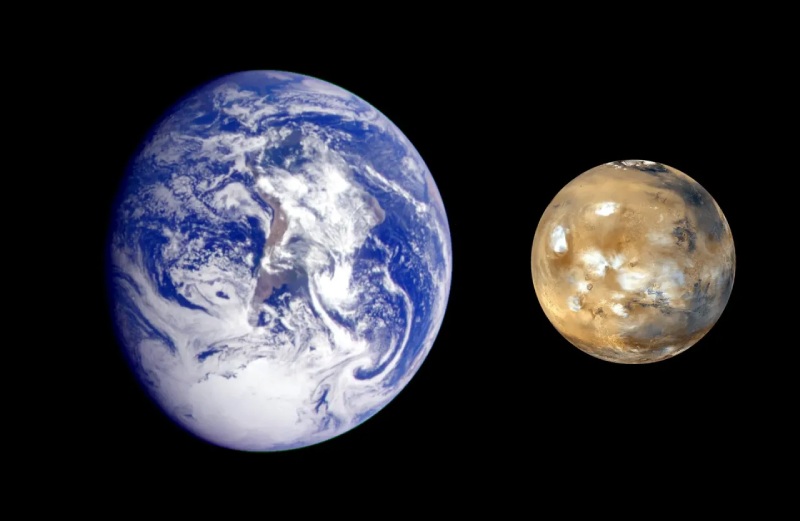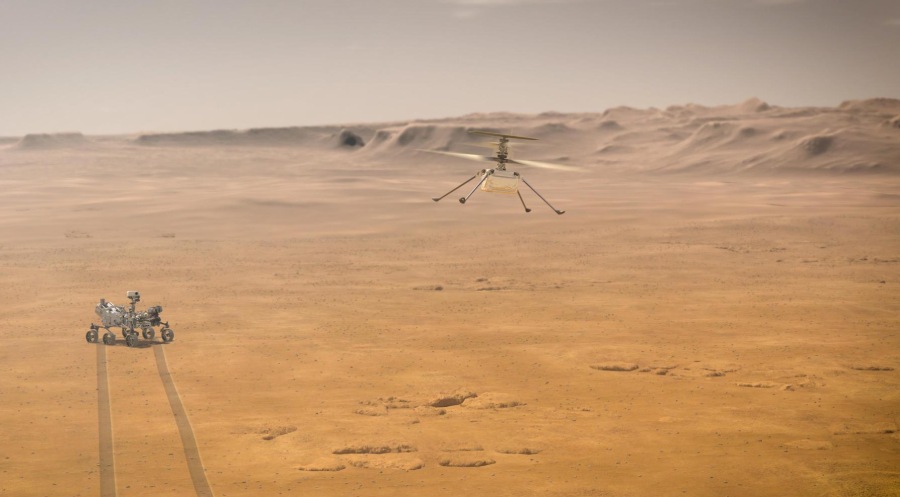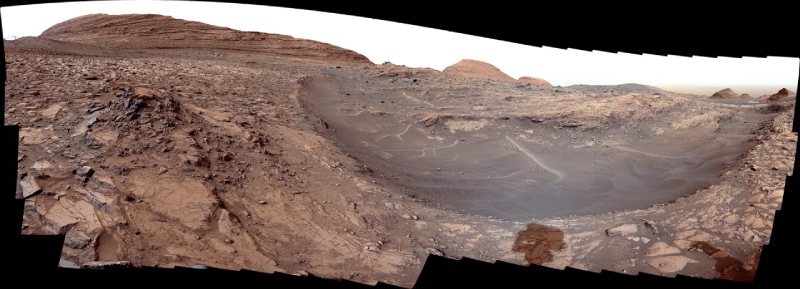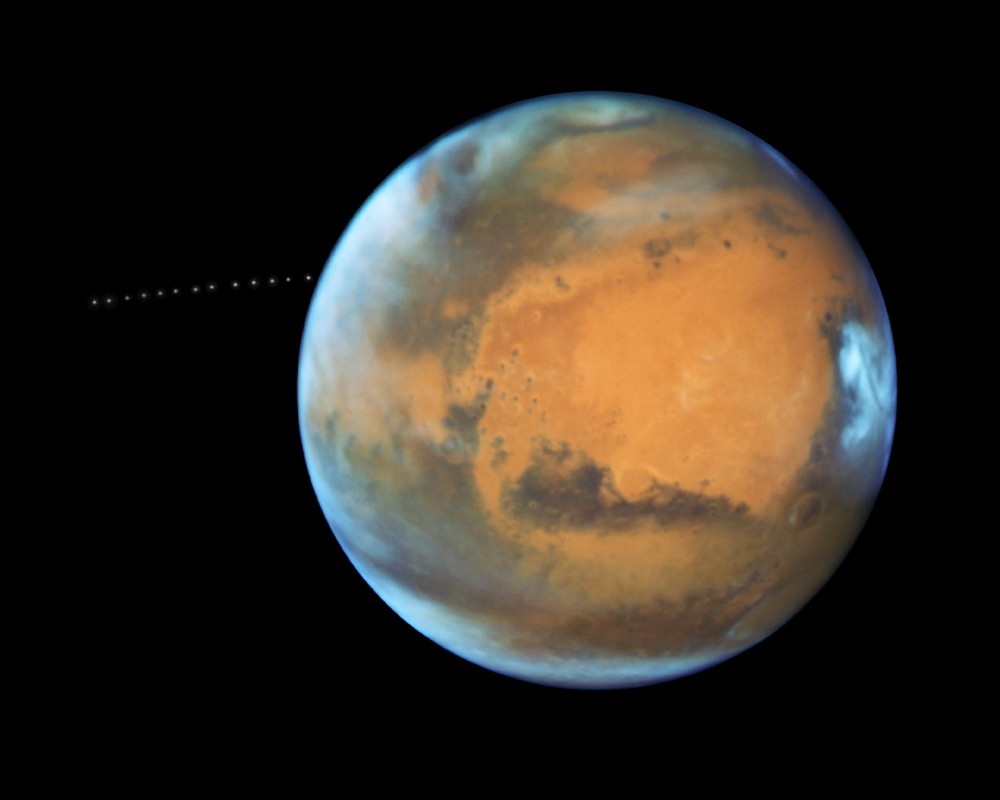Mars is the fourth planet from the Sun in our solar system, and it is often referred to as the “Red Planet” due to its reddish appearance, which is caused by iron oxide (rust) on its surface. Here are some key characteristics of Mars:
Size and Distance from the Sun
Mars has a diameter of approximately 6,779 kilometers (4,212 miles), making it about half the size of Earth. The average distance between Mars and the Sun is about 227.9 million kilometers (141.6 million miles).

Orbital Period and Rotation
Mars orbits the Sun in an elliptical path, much like Earth but with a more pronounced eccentricity. It takes Mars about 687 Earth days to complete one orbit around the Sun.
The rotation period of Mars, also known as its “sidereal day,” is about 24 hours, 37 minutes, and 22 seconds in Earth time. This is only slightly longer than Earth’s rotation period. However, Mars’ day is about 2.7% longer than an Earth day.

Surface Features
Mars has a diverse landscape, including vast plains, towering volcanoes, deep canyons, and impact craters. Olympus Mons, the largest volcano in the solar system, is located on Mars. Valles Marineris is a system of canyons on Mars that stretches for about 4,000 kilometers (2,500 miles), making it the longest canyon in the solar system.
The planet is known for its prominent red color, caused by iron oxide (rust) on its surface.Evidence suggests that Mars once had liquid water on its surface, which has led scientists to speculate about the possibility of past life on the planet.
Surface Temperature
The average temperature on Mars is around minus 63 degrees Celsius (minus 81 degrees Fahrenheit). This average temperature is significantly colder than Earth’s average temperature of about 15 degrees Celsius (59 degrees Fahrenheit).

Exploration
Mars has been the subject of numerous robotic missions, including orbiters, landers, and rovers, sent by various space agencies such as NASA, ESA, and Roscosmos. Notable missions include the Mars rovers Spirit, Opportunity, and Curiosity, as well as orbiters like Mars Reconnaissance Orbiter and Mars Odyssey. These missions have provided valuable data about Mars’s geology, climate, and potential for past habitability.
Mars continues to captivate the imagination of scientists and space enthusiasts alike, and it remains a focal point for future exploration efforts, including crewed missions to the planet.
Observation
Mars is often visible to the naked eye from Earth and is one of the most studied planets in our solar system. It can appear as a bright, reddish-orange object in the night sky. Observing Mars through a telescope allows you to see surface features such as polar ice caps, dark regions, and lighter-colored areas.
The best time to observe Mars is during opposition (every 26 months), which occurs when Mars is directly opposite the Sun in the sky as seen from Earth. This means Mars rises as the Sun sets and sets as the Sun rises, making it visible all night.
While opposition provides the best viewing conditions, Mars is also visible for several weeks before and after opposition when it is still relatively close to Earth.
Though it is visible throughout the year it may be more difficult to observe when it is on the far side of its orbit from Earth, known as conjunction. When it is on the opposite side of the Sun from Earth it lost in the Sun’s glare.



